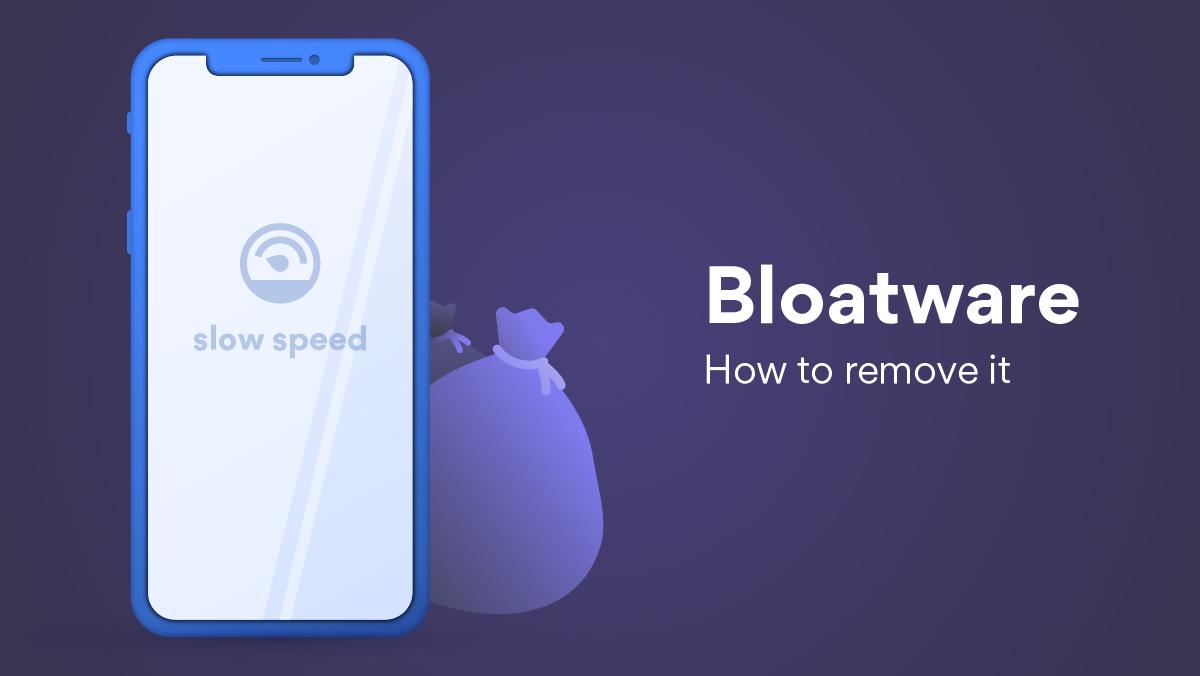July 19, 2019. When you buy a new device, you expect it to come in a pristine state and work perfectly. Unfortunately, this is not always the case. Devices can come with pre-installed bloatware that reduces performance and violates your privacy.
“Bloatware is software you don’t want that burdens and slows down your device,” explains Daniel Markuson, a digital privacy expert at NordVPN. “These are programs that are preinstalled on new devices, come bundled with other downloads, or are injected into your system through malicious sites.”
According to NordVPN’s digital privacy expert, there are two main ways for bloatware (or Potentially Unwanted Programs – PUP) to reach you. It usually comes pre-installed by vendors, manufacturers or carriers. There can be a few reasons for this:
- Software developers pay providers to install their products on your device.
- Manufacturers provide the user with maintenance applications (e.g., Lenovo Solutions Centre) that also collect user data.
- Software or OS updates can push branded solution centers, trialware, or just random add-ons.
“I would like to stress out, that not all bloatware is bad,” says Markuson. “Some pre-installed media suites or control centers can be useful, and some are very easily removable.”
Another type of bloatware comes from the web. It can come from malicious websites or be downloaded together with programs you want from third-party webpages. It can also hide in software bundles. This bloatware is more dangerous as it often contains adware or malware.
Why bloatware is a threat
“Firstly, bloatware can significantly slow down your computer. If you have lots of these programs loading in your device start-up or performing operations in the background, they can eat up your RAM,” comments Markuson.
“Malware or adware presents more severe issues,” adds Markuson. Apart from showing pop-up ads while using your computer (even when you’re not online), it might also spy on you. Others programs might not be malicious but still accidentally leave you vulnerable. One of the more prominent examples is the Superfish program by Lenovo, which made users more susceptible to hacker attacks and spying.
How to remove bloatware
Bloatware is often the result of computer manufacturers or vendors wanting to cut costs and get additional revenue from software developers. However, the native programs could be removed either by regular uninstall or bloatware removers. You can also get a bloatware-free PC, but be ready to pay more.
Windows PCs are most often affected by bloatware. However, this varies depending on the manufacturer. For example, Acer and Asus devices tend to contain less bloatware than Toshiba or Sony. Macs are less affected by bloatware than Windows PCs. However, you still might want to remove some of the unwanted apps that come pre-installed.
You can as well obtain some useful info from ShouldIRemoveIt. It uses crowdsourced data based on the actions of its users to present an extensive list of frequently removed programs. Be aware, that some of the programs are integral to the system and may cause problems after you remove them.
How to avoid bloatware
Prevention and avoidance is key, especially when it comes to bloatware that isn’t pre-installed. That’s better than working hard to remove it.
- Choose devices with less bloatware. Other download sources might include malware or adware. Also, avoid downloading software in bundles as these might contain bloatware.
- Download software from the original source. Do some research on the manufacturer and vendor when shopping for a device.
- Fight bloatware when you notice it. It stacks up until your OS becomes impossible to use or continues to gather your data. If you notice unwanted programs, remove them right away to keep your device safe and clean.





